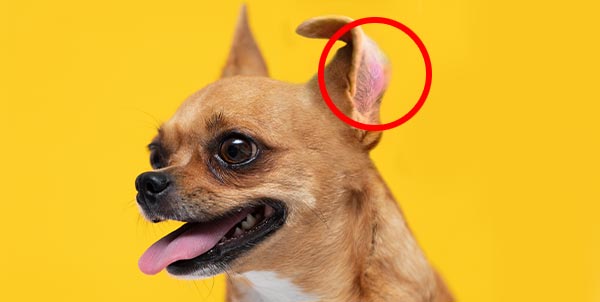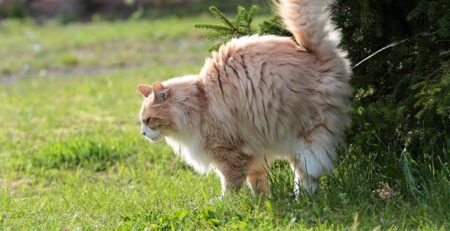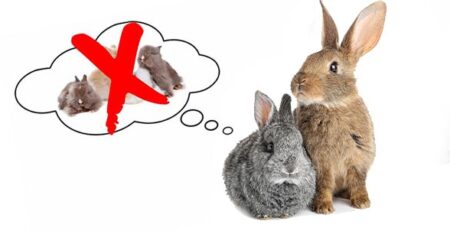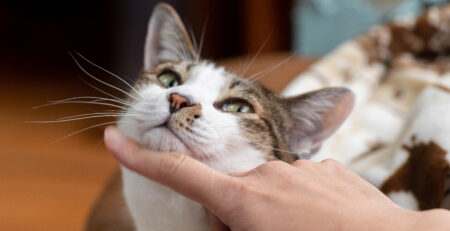Otohematoma consists of a stagnation of blood and serum in the upper outer part of the auricle in dogs and cats (although rarer) and can be traumatic or inflammatory in nature.
The ear of a dog or cat with otohematoma presents warm and swollen.
Otohematoma is a very painful condition for the four-legged animal and action should be taken as soon as possible.
The main cause ofotohematoma isotitis.
Otitis causes intense itching in the dog, who tends to constantly shake and rub his head and scratch his ears with his paws in an attempt to relieve it.
In the long run, shaking and scratching lead to rupture of blood vessels and subsequent accumulation of blood.
Why does otohematoma form?
The auricle of dogs and cats is devoid of underparts; it consists of well-vascularized cartilage covered by the outer skin.
When the blood vessels inside the auricle rupture, blood begins to seep under the outer layer of skin, peeling off the skin from the cartilaginous part with no chance to reabsorb.
The blood clots inside until the cartilage crumples.
The damage, of course, is not only cosmetic: the swelling and clotted blood cause pain, and over time, permanent consequences can be triggered even to the deeper parts of the dog or cat’s ear.
The breeds at risk
Otohematoma can affect all specimens, however, some breeds are a bit more vulnerable than others.
Long, drooping ears, as in the case of Cockers or Dachshunds, are those most susceptible to impact and therefore, at risk of otohematoma.
How is otohematoma treated?
First by treating theotitis-your veterinarian will prescribe the appropriate therapy to eradicate it and soothe the pain and itchiness afflicting your four-legged friend.
However, treating otitis is not enough because otohematoma almost never heals on its own, and in almost all cases, surgery is required.
The procedure involves incision of the lesion, drainage of fluid, cleaning of blood clots, and suturing.
The veterinarian applies a series of sutures parallel to the longitudinal axis of the animal’s ear to make sure that the outer skin returns to adhere with the underlying cartilage.
Alternative therapy and regenerative medicine: PRP
PRP(Platelet Concentrate or Platelet Rich Plasma) is a preparation obtained by centrifugation of the animal’s own blood.
The process of centrifugation and cell separation results in a new substance with a very high concentration of platelets.
Platelets release proteins (so-called growth factors) that promote regeneration and repair of damaged tissues and in the absence of side effects.
PRP is infiltrated into the area to be treated-a simple, painless, and noninvasive procedure indicated in cases where the animal cannot be subjected to anesthesia due to age or health conditions.
Beware of otitis, then!
If you suspectotitis, see your veterinarian as soon as possible who can make a timely and accurate diagnosis and can recommend the appropriate treatment for your dog or cat.
Only then will you avoid the serious consequences, including otohematoma, that otitis causes to your four-legged friend if neglected or not properly treated.
For examinations and consultations, book an appointment with the veterinary doctors on our Staff and in case of need and urgency, we remind you that Clinica La Veterinaria is always open h24 every day including holidays and with First Aid service from 8 pm to 8 am.
For the joy of seeing them HAPPY











